
Here at RocketNews24, we spend a lot of time talking about language–particularly Japanese and English in Japan. It’s no secret that English is a difficult language to learn, and not just for folks from Japan. Part of the reason for the difficulty arises from the numerous variations English has–from American to Australian to Singaporean. But one country in particular that stands out is the Philippines, which the BBC recently called “the world’s budget English teacher.” While it’s not exactly the most complimentary title, it certainly is true that the country takes English as one of its official languages (along with Filipino, which is basically a standardized form of Tagalog). Of course, in a country with around 170 living languages, it should be expected that Philippine English is quite a bit different from English in the US or the UK.
But just how different is it?
Since the majority of English-speakers in the Philippines use the language as their second language, there’s a lot of “code-switching,” where speakers alternate between two or more languages. If you’re not exactly sure what that means, just think of a party in Tokyo where people flow back and forth between Japanese and English and you’ll have a good idea. Code switching isn’t unique to the Philippines, but we’d guess that it has led to Philippine English developing plenty of unique aspects. In fact, one Filipino website has compiled a list of ten English words that only Filipinos use! But after looking this list, we feel obligated to raise a tiny eyebrow of skepticism.
As a native of the midwestern United States, I have to say that I was more surprised by how familiar some of these words and phrases were. Maybe Philippine English isn’t quite as different as we thought! Take a look at the list and see if any of them sound familiar…
1. Bad shot
Wikipedia (Cpl. Megan L. Stiner)
Okay, this first one was a new one for me. “Bad shot” sounds like a crappy Instagram photo, but it’s actually used in the Philippines to “express frustration,” like getting stuck in traffic on your way to an interview. Okay, fair enough, I can see how that makes sense…
Update: Quite a few readers pointed out that “bad shot” is usually used when you’ve annoyed someone or have someone displeased with you. Apparently most people in the Philippines use the phrase “bad trip” instead to refer to a bad situation.
2. Chancing
Wikipedia (Heri Gerbault)
To be honest, when I first saw this one, I was convinced it was either something to do with drugs, mountain climbing, or doing drugs while mountain climbing. I was almost completely–but not entirely–wrong. In the Philippines, “chancing” means to make “sexual advances” on someone–usually someone who’s probably not going to be interested. Again, I can see the logic of the word, but it does seem a bit on the nose…
3. Frigidaire
Wikipedia (Pierre Gencey)
Wait, frigidaire? Okay, to be honest, it might just be me, but this seems extremely out-of-place on the list. First, “frigidaire” means “refrigerator” in the Philippines–just like it does in the US. After all, the word comes from the name of the refrigerator manufacturer headquartered in Charlotte, North Carolina. I suspect that very few people under the age of 50 use the word anymore, but it’s definitely not something only Filipinos use!
4. Comfort room
Wikipedia (Chris 73)
Okay, this one totally got me. I seriously expected it to be a school nurse’s office, but it turns out that a “comfort room” in the Philippines is just a bathroom. Kind of anti-climatic, but now I’m wondering what people are doing on the toilet that’s so comforting!
5. Live-in
Wikipedia (4028mdk09)
Alright, I’m really on the fence about this one. In the US, at least, “live-in” is used as an adjective to describe someone who lives together with someone else. Live-in nanny, live-in boyfriend, live-in butler, or whatever you’re most familiar with. But in the Philippines, the adjective has apparently become a noun on its own and simply refers to an unmarried couple who lives together…in sin. (GASP!)
6. Ice drop
Wikipedia (Dick Johnson)
At first, I assumed this had to have something to do with Frozen, but it’s actually just the Filipino word for “popsicle.” Which, when you think about it, makes a lot more sense than popscile! I think this one we all need to adopt.
7. Mineral water
Wikipedia (mtnvalley)
Hunh? How is this a word only used by Filipinos? Maybe I’m totally out of the loop, but hasn’t “mineral water” long been used to refer to “distilled, bottled water”? The author of the original list also notes that the bottles are often sold on the street and are popular due to the quality of the tap water, so maybe they’re focusing on the water being sold on the street. Either way, I don’t think this is a purely Filipino usage…
8. Kodaki
Wikipedia (Fibroman)
Nope, this isn’t a combination of kayaking and skiing, as I first thought. It actually means “to take a photo with a camera” in the Philippines. Which really makes you think about how amazing the world is that taking a picture with something besides a camera is so normal, someone actually needed a word for using a camera. But it does make a ton of sense–outside of special occasions, I never even touch my camera!
9. Vulcanizing shop
Wikipedia (Biso)
Before you get all excited, no, this has nothing to with Spock, Star Trek, or even the Roman god of fire–it’s the phrase for a “tire repair shop.” Which, holy crap, that is a bad-ass name for a place to get your tire fixed! We think this needs to be in the new Mad Max movie somewhere…
10. Pentel Pen
The final item on the list is particularly weird, since Pentel is actually a Japanese company! On the other hand, I can’t think of any time I’ve actually heard an English speaker use “Pentel pen” to generically refer to non-permanent markers. But, then again, I don’t spend much time in the arts and crafts room. I think I’ll have to leave this one open to our readers…how do you all refer to “non-permanent markers?”
So, what’s my conclusion? It certainly does seem that Philippine English has a lot of words and phrases that other English speakers might not recognize–but it’s not quite as unique as some might think. Still, now you know that a “bad shot” doesn’t necessarily have anything to do with kodaki–but it might be how your chancing ends. And if that happens, you can always skip off to the comfort room and suck on an ice drop until you feel better!
Source: Tenminutes.ph
Cover image: Wikipedia (mtoz)

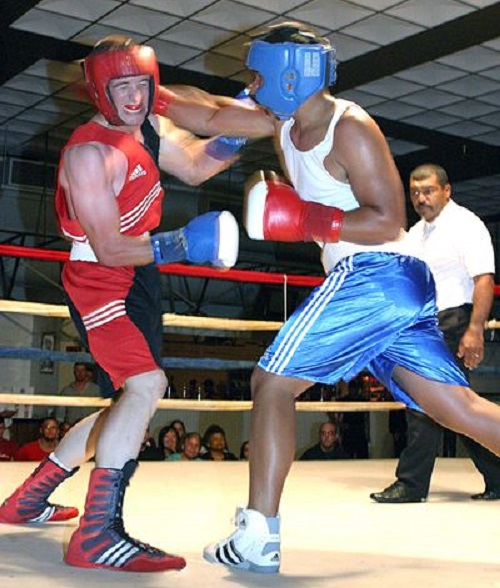
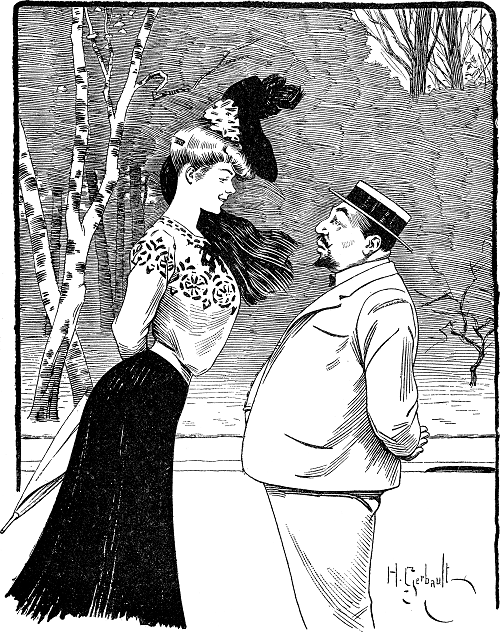
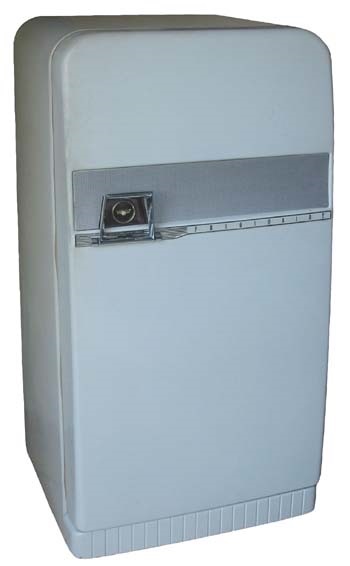
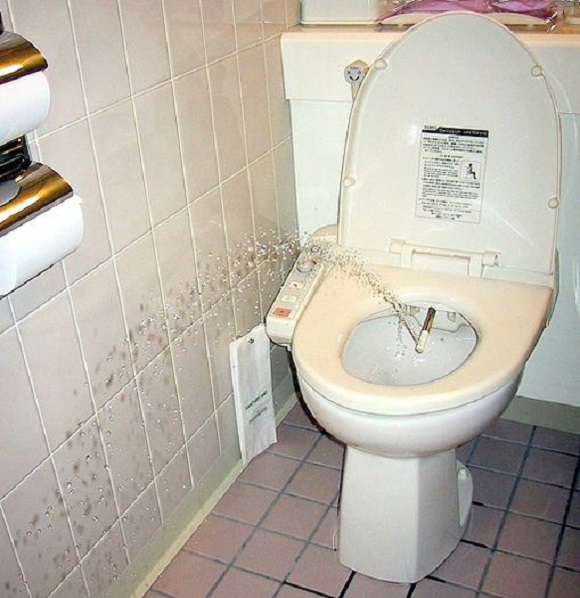
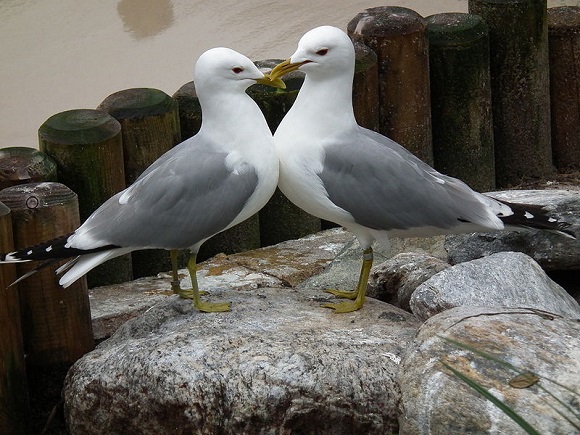
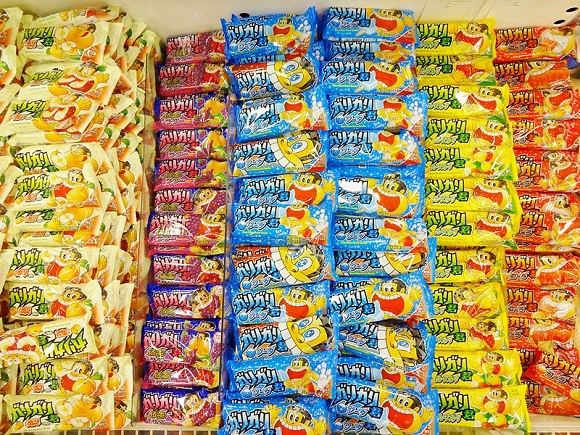
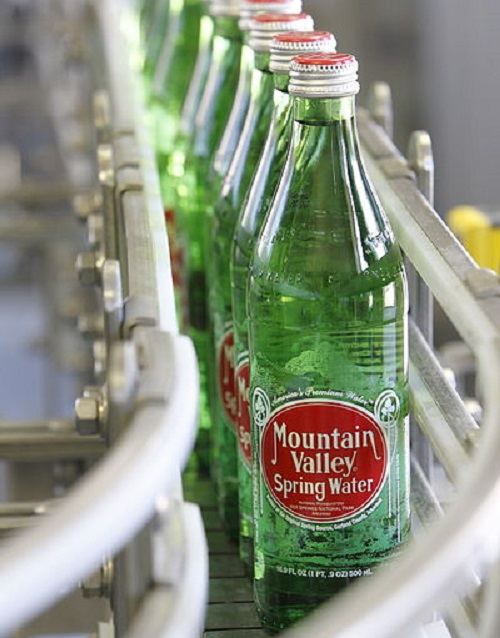
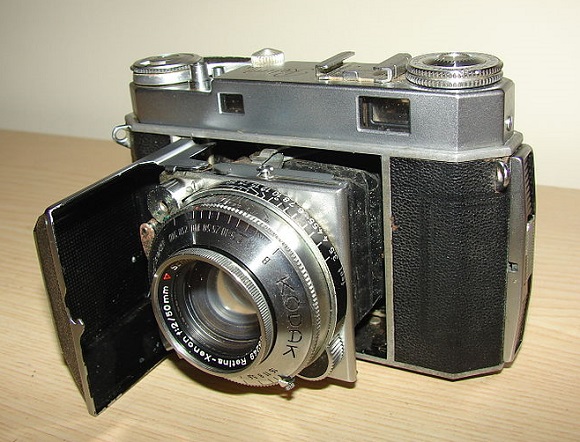

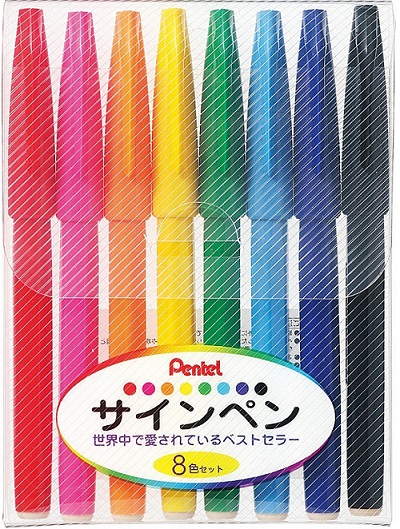
 “Don’t worry, he is a docile pervert” and other useful phrases in Japanese and English
“Don’t worry, he is a docile pervert” and other useful phrases in Japanese and English We Try a “One-Piece Chicken McDo With McSpaghetti” at McDonald’s in the Philippines
We Try a “One-Piece Chicken McDo With McSpaghetti” at McDonald’s in the Philippines The science behind why English speakers can’t pronounce the Japanese “fu”
The science behind why English speakers can’t pronounce the Japanese “fu” Japanese Internet sad to see the word “chikan” becoming commonly used in English
Japanese Internet sad to see the word “chikan” becoming commonly used in English English conversation school in Japan has clever reminder that students don’t have to be perfect
English conversation school in Japan has clever reminder that students don’t have to be perfect Top Japanese cosplayer Enako returns to Comiket after 6 years, creates mayhem with admirers
Top Japanese cosplayer Enako returns to Comiket after 6 years, creates mayhem with admirers The Purple Lucky Bag from Village Vanguard is an extra-large waste of money
The Purple Lucky Bag from Village Vanguard is an extra-large waste of money Private booths are coming to Japan’s Shinkansen bullet trains even sooner than we’d thought【Video】
Private booths are coming to Japan’s Shinkansen bullet trains even sooner than we’d thought【Video】 What makes a good boss in Japan? Workers sound off in survey
What makes a good boss in Japan? Workers sound off in survey Japan’s otoshidama tradition of giving kids money at New Year’s gets a social welfare upgrade
Japan’s otoshidama tradition of giving kids money at New Year’s gets a social welfare upgrade The complete guide to sushi in one handy picture
The complete guide to sushi in one handy picture Burger King Japan’s crazy patty-only menu item: Depressing, delicious, or both?【Taste test】
Burger King Japan’s crazy patty-only menu item: Depressing, delicious, or both?【Taste test】 Owner of ridiculously long tongue is also a former idol, does cool tongue tricks
Owner of ridiculously long tongue is also a former idol, does cool tongue tricks Rakuten randomly offers 58 New Year’s osechi feasts in Japan, but did we get a star or a dud?
Rakuten randomly offers 58 New Year’s osechi feasts in Japan, but did we get a star or a dud? Tokyo fish market breaks New Year auction record as single fish sells for over 500 million yen【Vid】
Tokyo fish market breaks New Year auction record as single fish sells for over 500 million yen【Vid】 Starbucks Japan ready to get Year of the Horse started with adorable drinkware and plushies【Pics】
Starbucks Japan ready to get Year of the Horse started with adorable drinkware and plushies【Pics】 Japanese beef bowl chain Sukiya’s 2026 Smile Box lucky bag basically pays for itself
Japanese beef bowl chain Sukiya’s 2026 Smile Box lucky bag basically pays for itself Hayao Miyazaki says Happy New Year to Studio Ghibli fans with new art for Year of the Horse
Hayao Miyazaki says Happy New Year to Studio Ghibli fans with new art for Year of the Horse Cup Noodle tries an authentic Jiro-style ramen, but something’s not quite right
Cup Noodle tries an authentic Jiro-style ramen, but something’s not quite right The best Starbucks Japan Frappuccinos we want to drink again in 2026
The best Starbucks Japan Frappuccinos we want to drink again in 2026 We revisited Sweets Paradise after a decade to see if Japan’s dessert buffet still delivers
We revisited Sweets Paradise after a decade to see if Japan’s dessert buffet still delivers That time Seiji called JASRAC to ask why he didn’t get paid royalties for his song being on TV
That time Seiji called JASRAC to ask why he didn’t get paid royalties for his song being on TV We found possibly the quietest Japanese-style hotel in Tokyo’s bustling Shinjuku district
We found possibly the quietest Japanese-style hotel in Tokyo’s bustling Shinjuku district Pizza Hut Japan’s hot lucky bags are perfect for a New Year’s pizza party
Pizza Hut Japan’s hot lucky bags are perfect for a New Year’s pizza party Japan’s oldest largetooth sawfish in captivity back on display in Mie Prefecture
Japan’s oldest largetooth sawfish in captivity back on display in Mie Prefecture 7-Eleven Japan starts new temporary luggage storage service in over 300 branches
7-Eleven Japan starts new temporary luggage storage service in over 300 branches Disillusionment at Tsukiji’s tourist-target prices led us to a great ramen restaurant in Tokyo
Disillusionment at Tsukiji’s tourist-target prices led us to a great ramen restaurant in Tokyo Starbucks teams up with 166-year-old Kyoto doll maker for Year of the Horse decorations【Photos】
Starbucks teams up with 166-year-old Kyoto doll maker for Year of the Horse decorations【Photos】 Tokyo considering law requiring more trash cans following litter increase in heavily touristed area
Tokyo considering law requiring more trash cans following litter increase in heavily touristed area Tokyo’s Tsukiji sushi neighborhood asks tour groups to stay away for the rest of the month
Tokyo’s Tsukiji sushi neighborhood asks tour groups to stay away for the rest of the month Tokyo event lets you travel back in time, for free, to celebrate 100 years since Showa era start
Tokyo event lets you travel back in time, for free, to celebrate 100 years since Showa era start Japan may add Japanese language proficiency, lifestyle classes to permanent foreign resident requirements
Japan may add Japanese language proficiency, lifestyle classes to permanent foreign resident requirements Sanrio theme park in Japan announces plans to expand into a Sanrio resort
Sanrio theme park in Japan announces plans to expand into a Sanrio resort Stamina-destroying “Paralysis Noodles” are Tokyo’s newest over-the-top ramen innovation
Stamina-destroying “Paralysis Noodles” are Tokyo’s newest over-the-top ramen innovation Survey asks foreign tourists what bothered them in Japan, more than half gave same answer
Survey asks foreign tourists what bothered them in Japan, more than half gave same answer Japan’s human washing machines will go on sale to general public, demos to be held in Tokyo
Japan’s human washing machines will go on sale to general public, demos to be held in Tokyo Japan’s deadliest food claims more victims, but why do people keep eating it for New Year’s?
Japan’s deadliest food claims more victims, but why do people keep eating it for New Year’s? We deeply regret going into this tunnel on our walk in the mountains of Japan
We deeply regret going into this tunnel on our walk in the mountains of Japan Studio Ghibli releases Kodama forest spirits from Princess Mononoke to light up your home
Studio Ghibli releases Kodama forest spirits from Princess Mononoke to light up your home Major Japanese hotel chain says reservations via overseas booking sites may not be valid
Major Japanese hotel chain says reservations via overseas booking sites may not be valid Put sesame oil in your coffee? Japanese maker says it’s the best way to start your day【Taste test】
Put sesame oil in your coffee? Japanese maker says it’s the best way to start your day【Taste test】 No more using real katana for tourism activities, Japan’s National Police Agency says
No more using real katana for tourism activities, Japan’s National Police Agency says Starbucks Japan reveals new sakura drinkware collection, inspired by evening cherry blossoms
Starbucks Japan reveals new sakura drinkware collection, inspired by evening cherry blossoms Updated cherry blossom forecast shows extra-long sakura season for Japan this year
Updated cherry blossom forecast shows extra-long sakura season for Japan this year Release Your Inner Vampire by Feasting on Blood in the Philippines
Release Your Inner Vampire by Feasting on Blood in the Philippines There’s no need to care about our staff, because they’re foreigners, says Japanese maid service
There’s no need to care about our staff, because they’re foreigners, says Japanese maid service Cat got your tongue? 10 unusual Japanese phrases that use the word ‘cat’
Cat got your tongue? 10 unusual Japanese phrases that use the word ‘cat’ English learner’s dictionary you must have, my young Padawan!
English learner’s dictionary you must have, my young Padawan! Japanese netizens give their thoughts on how English has changed the meaning of “senpai”
Japanese netizens give their thoughts on how English has changed the meaning of “senpai” To –san or not to –san? Should you use the Japanese honorific suffix when speaking English?
To –san or not to –san? Should you use the Japanese honorific suffix when speaking English? 10 cringeworthy habits of English-speaking Japanese
10 cringeworthy habits of English-speaking Japanese Five more Japanese words we’d love to import into English
Five more Japanese words we’d love to import into English Foreign English teachers in Japan pick their favorite Japanese-language phrases【Survey】
Foreign English teachers in Japan pick their favorite Japanese-language phrases【Survey】 Japanese student’s “drug dealer” English gaffe confuses foreign ALT
Japanese student’s “drug dealer” English gaffe confuses foreign ALT Learning Japanese? All you really need is this one word…
Learning Japanese? All you really need is this one word… The Philippines Bureau of Immigration is so “Happy” to see you, they’re flash-mobbing
The Philippines Bureau of Immigration is so “Happy” to see you, they’re flash-mobbing Japanese, Korean, and Chinese speakers pronounce English words in their native languages 【Video】
Japanese, Korean, and Chinese speakers pronounce English words in their native languages 【Video】 “We wasted so much time in English class” — Japanese Twitter user points out major teaching flaw
“We wasted so much time in English class” — Japanese Twitter user points out major teaching flaw An introduction to the fun world of wasei eigo or Japanese-made English 【Video】
An introduction to the fun world of wasei eigo or Japanese-made English 【Video】 Tekken video game series shows off its first fighter from the Philippines: Josie Rizal 【Video】
Tekken video game series shows off its first fighter from the Philippines: Josie Rizal 【Video】
Leave a Reply